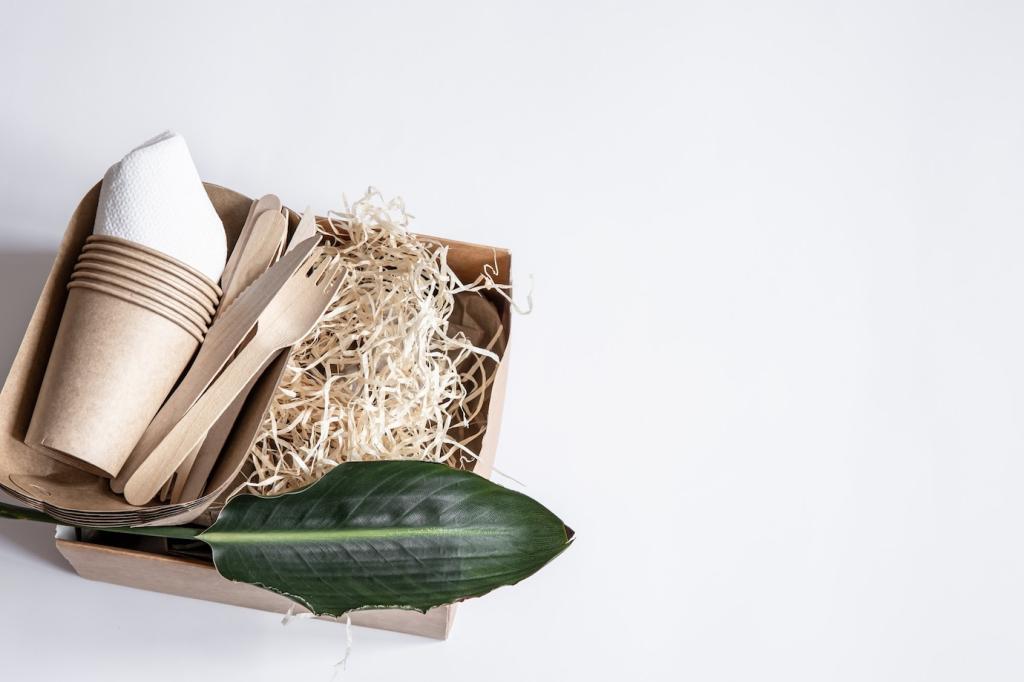
Energy-Efficient Lighting Solutions: Bright Ideas That Save Power and Spark Joy
Today’s theme: Energy-Efficient Lighting Solutions. Welcome to a brighter, smarter home page where comfort meets conservation. Explore practical tips, real stories, and design insights that help you cut energy costs without dimming your style. Subscribe and join the conversation!

Why Energy-Efficient Lighting Matters Right Now
Brightness is measured in lumens, not watts. A 60-watt incandescent gives about 800 lumens, while an LED delivers the same light using roughly 9–12 watts and can last 25,000 hours. That’s powerful comfort, long-term savings, and fewer bulb changes.
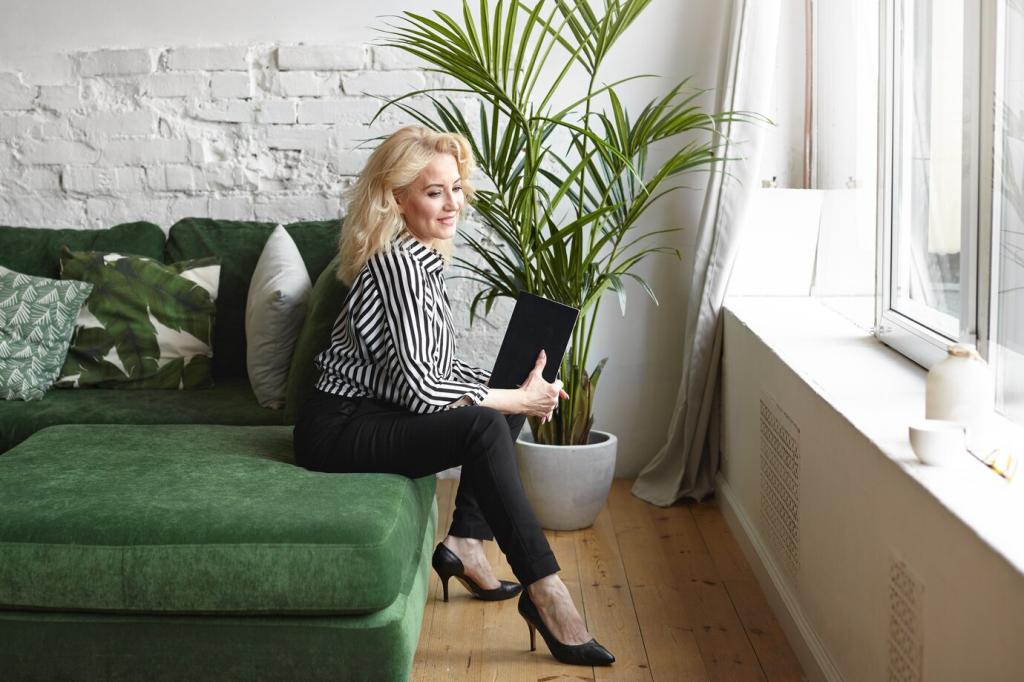
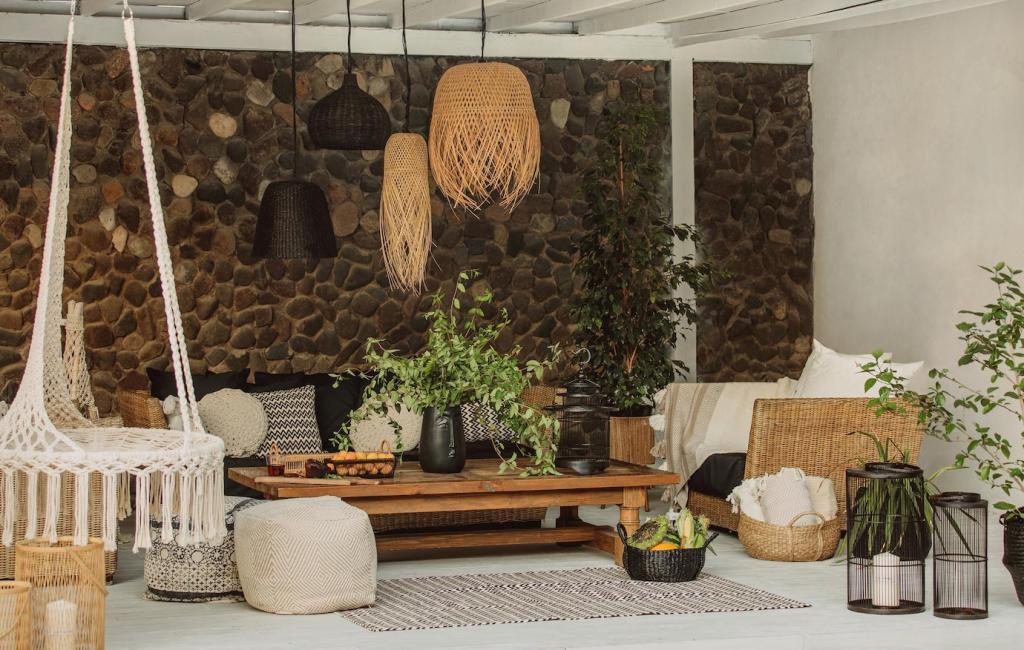
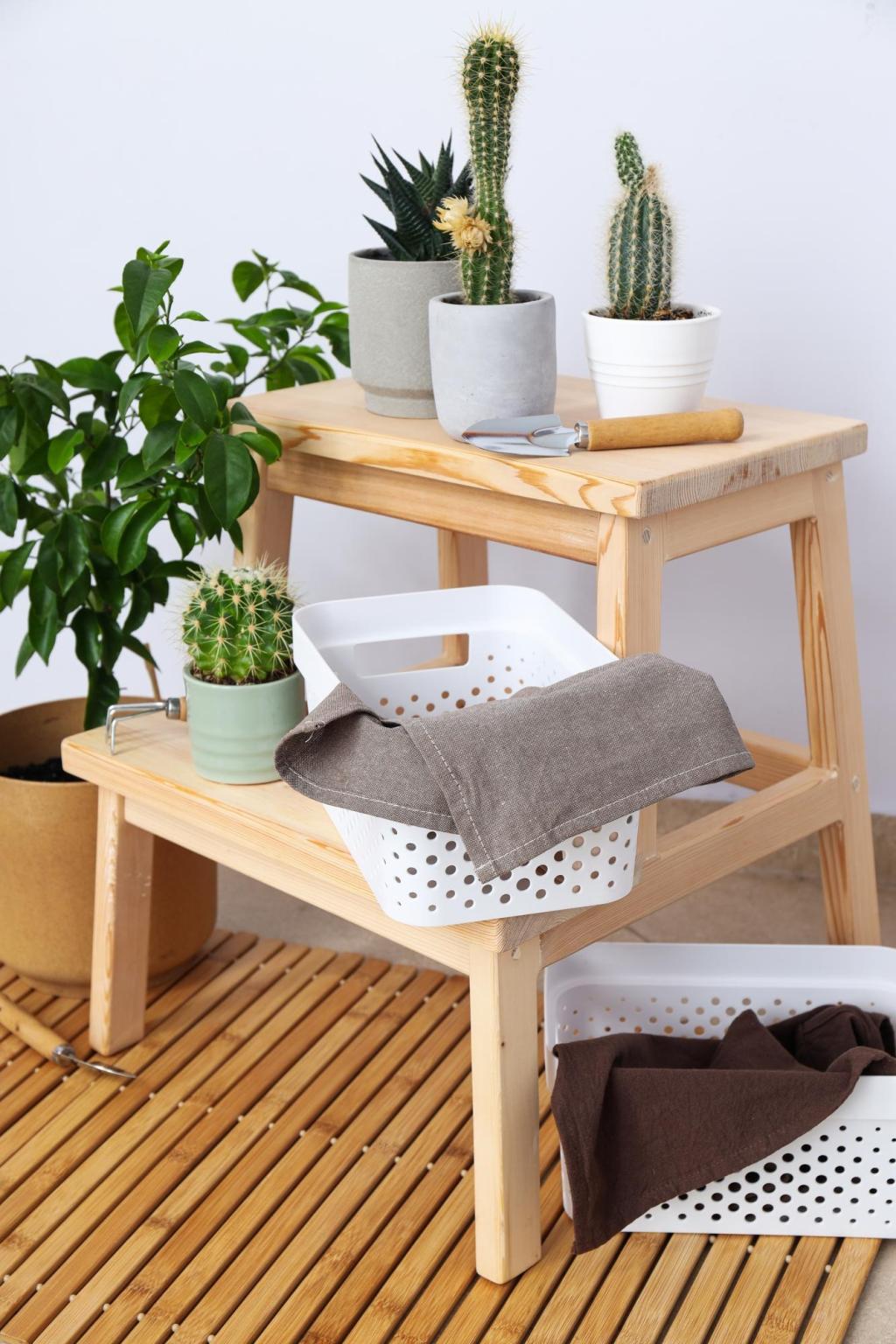
Designing Light for Comfort and Focus
Use ambient light for overall glow, task lights for precision, and accent lights for depth. Strategic layers let you run lower wattage overall while keeping counters bright, art highlighted, and living rooms cozy without blasting every bulb all evening.

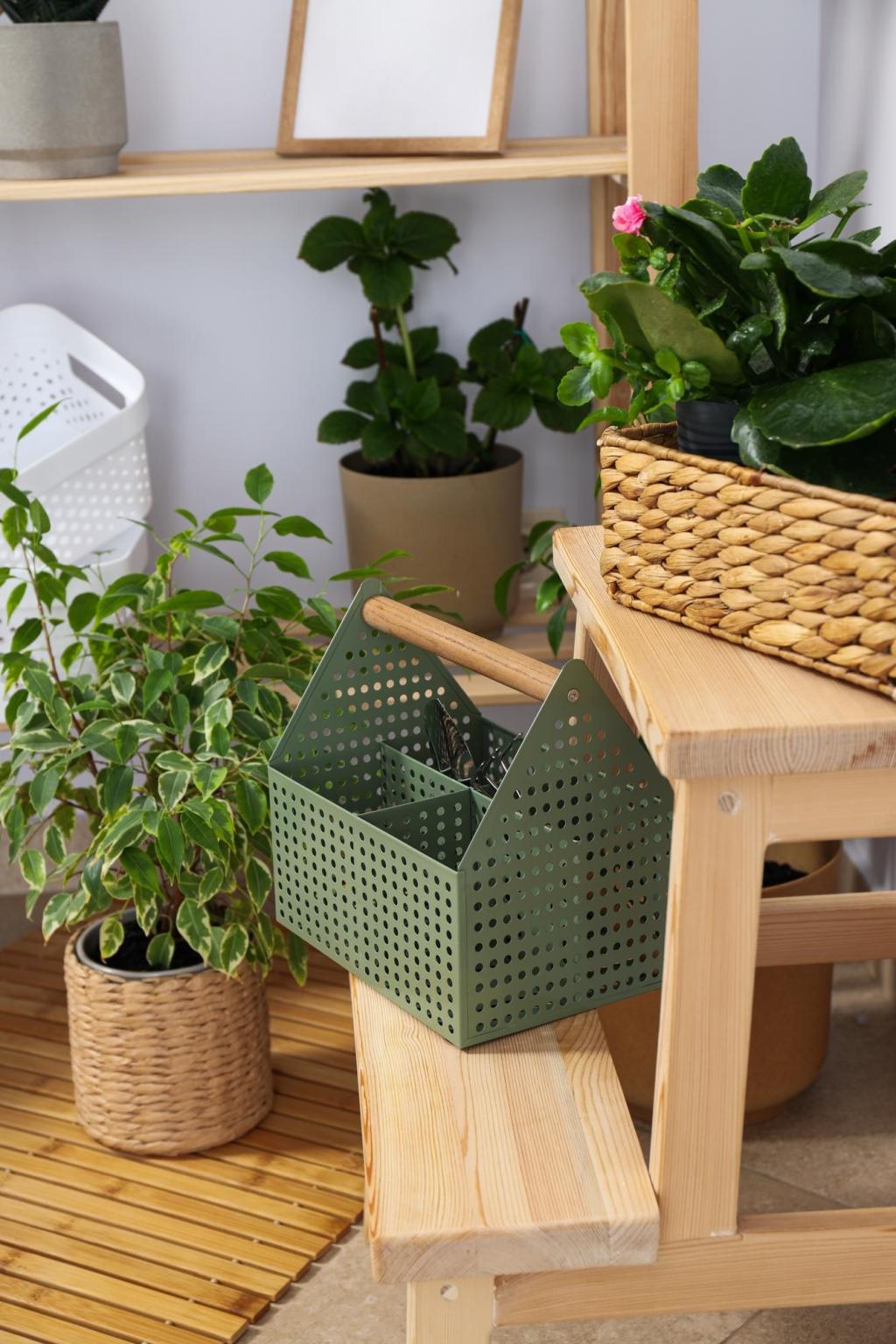
Designing Light for Comfort and Focus
Choose warm 2700–3000K for living spaces, neutral 3500–4000K for kitchens and studies, and CRI 90+ for true colors. Good CRI helps food, fabrics, and skin tones look natural, making efficiency feel luxurious instead of clinical or washed out.
Retrofit Roadmap: From Audit to Action
Room-by-Room Lighting Audit
Walk your home listing bulb types, wattage, sockets, hours used, and problem spots. Note hot rooms, dim corners, or lights left on. This snapshot guides upgrades, prioritizes high-usage areas, and makes payback timelines obvious and motivating.

Outdoor and Specialty Lighting Done Right
Pick full-cutoff fixtures that direct light downward, use warm 2200–2700K LEDs, and avoid glare that spills into bedrooms. You’ll improve safety, respect neighbors, and rediscover constellations while using dramatically less energy night after night.
Outdoor and Specialty Lighting Done Right
Use solar path lights with quality panels and batteries, and motion-activated security lights that brighten only when needed. Place panels for full sun and seasonally adjust tilt. It’s convenience, resilience, and efficiency in one dependable outdoor package.

Money, Incentives, and Payback You Can Feel
Replace a 60W incandescent with a 9W LED used 3 hours daily. Annual savings: about 55.8 kWh, roughly $8.37 at $0.15/kWh. If the LED costs $3, payback is around four months, then years of quiet, compounding savings.
